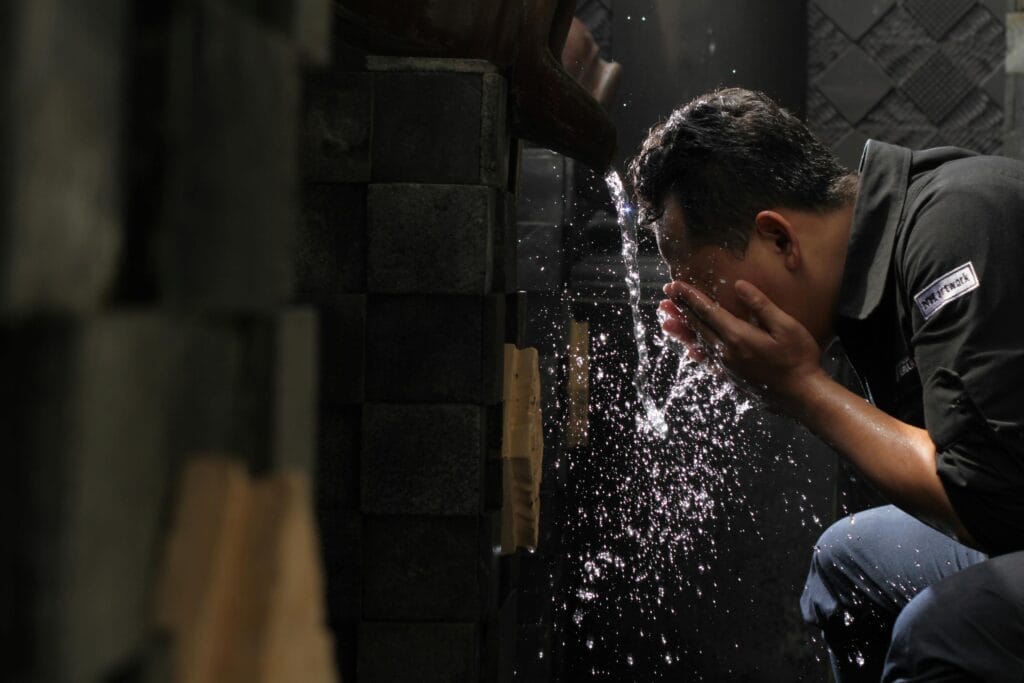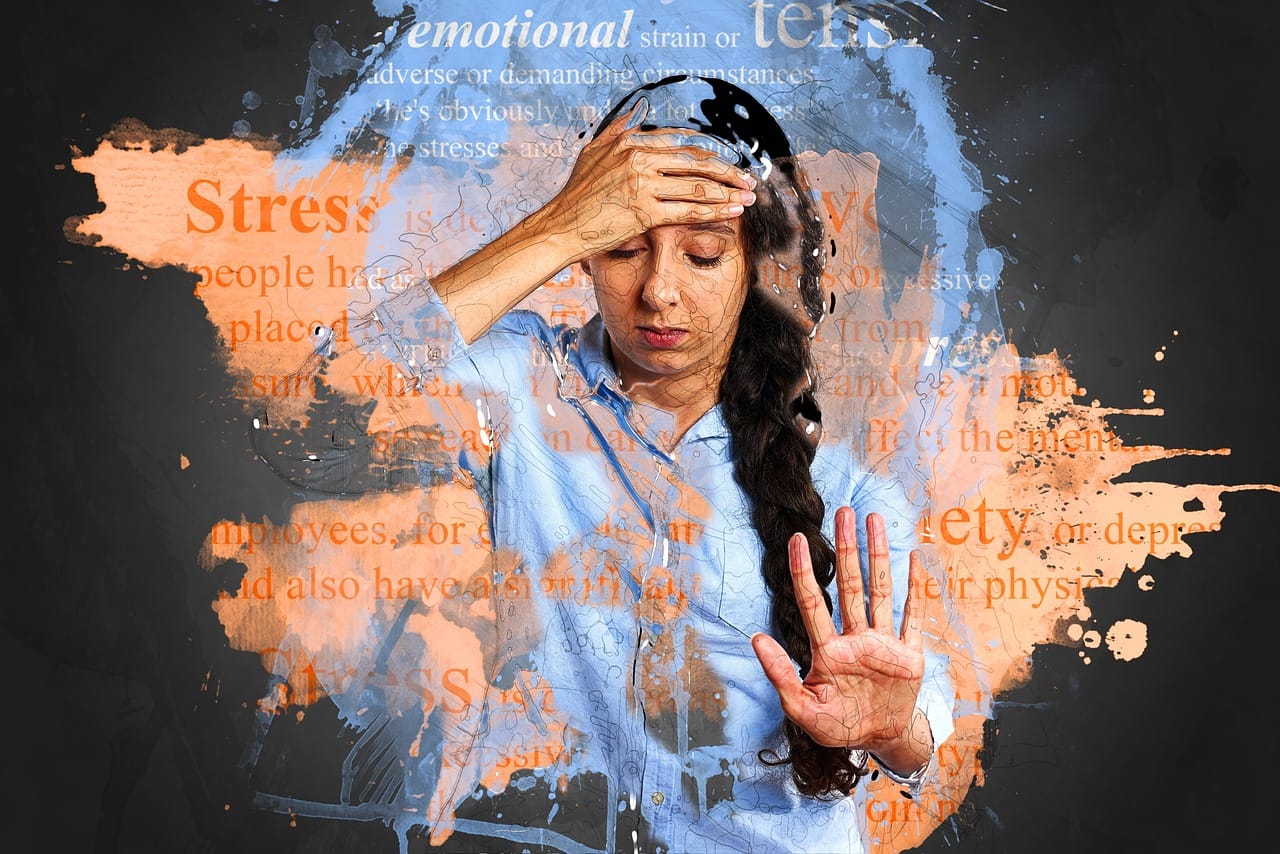Introduction
Anxiety attacks can strike anytime, leaving you feeling overwhelmed and out of control. In the U.S. alone, 40 million adults struggle with anxiety disorders, and many don’t know how to manage sudden attacks.
The good news? You can calm an anxiety attack in minutes—without medication. In this post, we’ll share 5 science-backed techniques to help you regain control, whether you’re at home, work, or in public.
What is an Anxiety Attack?
An anxiety attack is a sudden episode of intense fear or discomfort, often accompanied by:
- Rapid heartbeat 💓
- Shortness of breath
- Sweating or trembling
- Feeling of impending doom
Did You Know? Anxiety attacks are often triggered by stress, caffeine, or lack of sleep.
5 Techniques to Calm an Anxiety Attack Fast
1. The 4-7-8 Breathing Method
Why It Works: Slows your heart rate and activates the parasympathetic nervous system.
How to Do It:
- Inhale through your nose for 4 seconds.
- Hold your breath for 7 seconds.
- Exhale through your mouth for 8 seconds.
- Repeat 4-5 times.
Pro Tip: Practice daily to make it more effective during an attack.
2. Grounding with the 5-4-3-2-1 Technique
Why It Works: Distracts your mind from panic by focusing on your senses.
How to Do It:
- Name 5 things you can see.
- Touch 4 things you can feel.
- Listen for 3 sounds you can hear.
- Identify 2 scents you can smell.
- Name 1 thing you can taste.
Example: “I see my desk, feel my chair, hear birds chirping…”
3. Cold Water Splash (Dive Reflex)

Why It Works: Triggers the mammalian dive reflex, slowing your heart rate.
How to Do It:
- Splash cold water on your face.
- Hold a cold pack to your cheeks or wrists.
Science Says: This reflex can reduce heart rate by 10-25% in seconds.
4. Progressive Muscle Relaxation (PMR)
Why It Works: Releases physical tension, signaling your brain to relax.
How to Do It:
- Clench your fists for 5 seconds → release.
- Tense your shoulders for 5 seconds → release.
- Repeat for your legs, stomach, and face.
Bonus: PMR reduces muscle tension by 52% (Mayo Clinic).
5. Positive Self-Talk
Why It Works: Replaces panic-inducing thoughts with calming ones.
How to Do It:
- Acknowledge the attack: “This is just anxiety; it will pass.”
- Repeat affirmations: “I am safe. I am in control.”
Pro Tip: Write affirmations on sticky notes for quick access.
What to Do After an Anxiety Attack
- Hydrate: Drink water to replenish lost fluids.
- Rest: Sit quietly or lie down for 10-15 minutes.
- Reflect: Identify triggers (e.g., stress, caffeine) to prevent future attacks.
FAQ: Your Top Questions Answered
Q: How long do anxiety attacks last?
A: Most last 10-30 minutes, but symptoms can linger for hours.
Q: Can anxiety attacks cause fainting?
A: Rarely—hyperventilation may cause dizziness, but fainting is uncommon.
Q: Should I see a doctor for anxiety attacks?
A: If attacks are frequent or severe, consult a healthcare professional.
Free Resource: Anxiety Attack Cheat Sheet
Download our printable cheat sheet with step-by-step instructions for these techniques. Perfect for keeping in your wallet or saving on your phone.
Conclusion
Anxiety attacks don’t have to control your life. With these 5 techniques, you can regain calm in minutes—anytime, anywhere.



